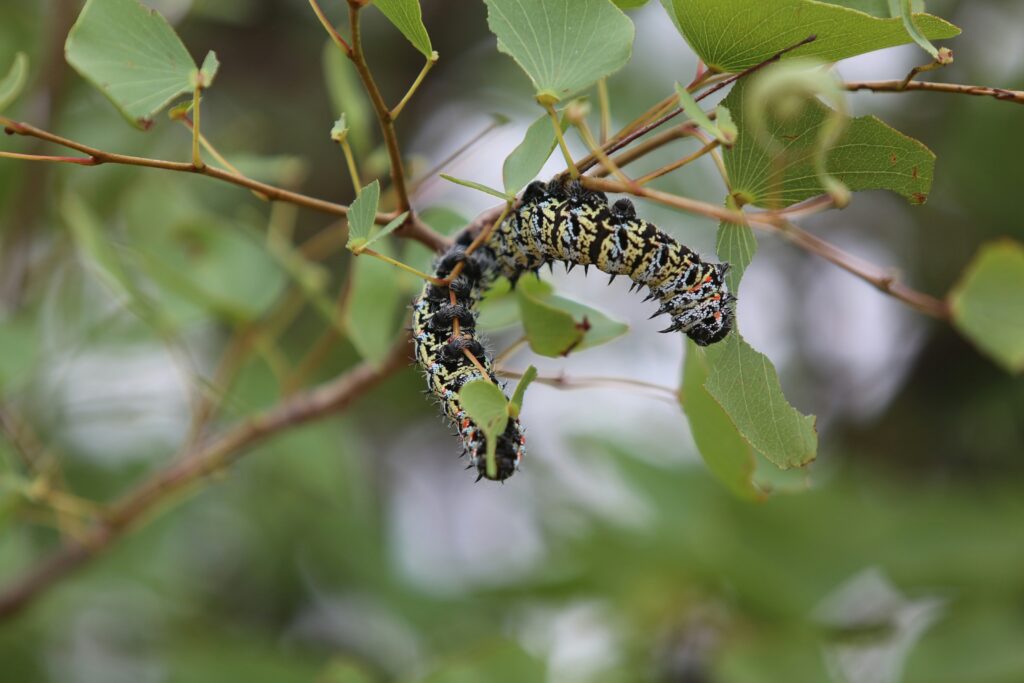In the dense forests of South America, a remarkable evolutionary adaptation has emerged in the insect world. The hawk moth caterpillar, particularly species from the Hemeroplanes genus, possesses an extraordinary defense mechanism that has fascinated scientists and nature enthusiasts alike. When threatened, these caterpillars transform their appearance to mimic the head of a snake with such convincing detail that potential predators retreat in fear. This remarkable example of mimicry represents one of nature’s most sophisticated defense strategies, allowing a vulnerable caterpillar to impersonate one of the forest’s most feared predators. The deception is so convincing that even humans can be momentarily fooled by the display.
The Masters of Disguise: Introducing Hemeroplanes Caterpillars
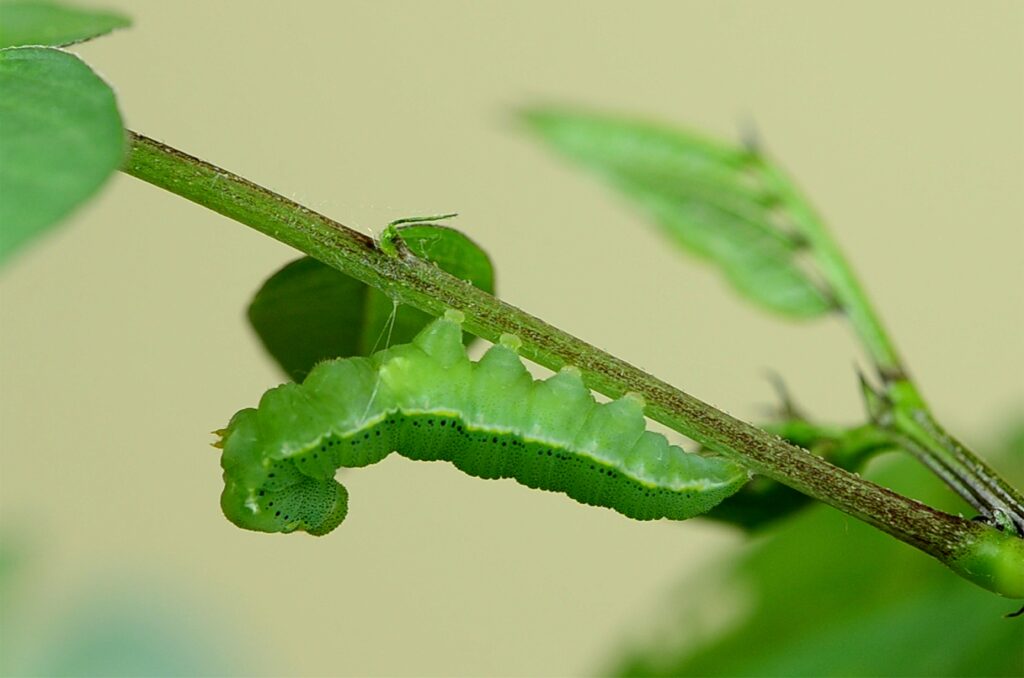
Hemeroplanes caterpillars belong to the Sphingidae family, commonly known as hawk moths or sphinx moths, and are native to the neotropical regions of Central and South America. These remarkable insects have evolved one of the most sophisticated mimicry systems in the natural world. While they appear as ordinary green caterpillars when feeding or resting, they undergo a dramatic transformation when they sense danger. This genus includes several species that possess this snake-mimicking ability, with Hemeroplanes ornatus and Hemeroplanes triptolemus being among the most studied for their exceptional mimicry capabilities. Their evolutionary journey to develop such precise imitation speaks to the intense predatory pressures these caterpillars have faced throughout their existence.
The Anatomy of Deception: Physical Features
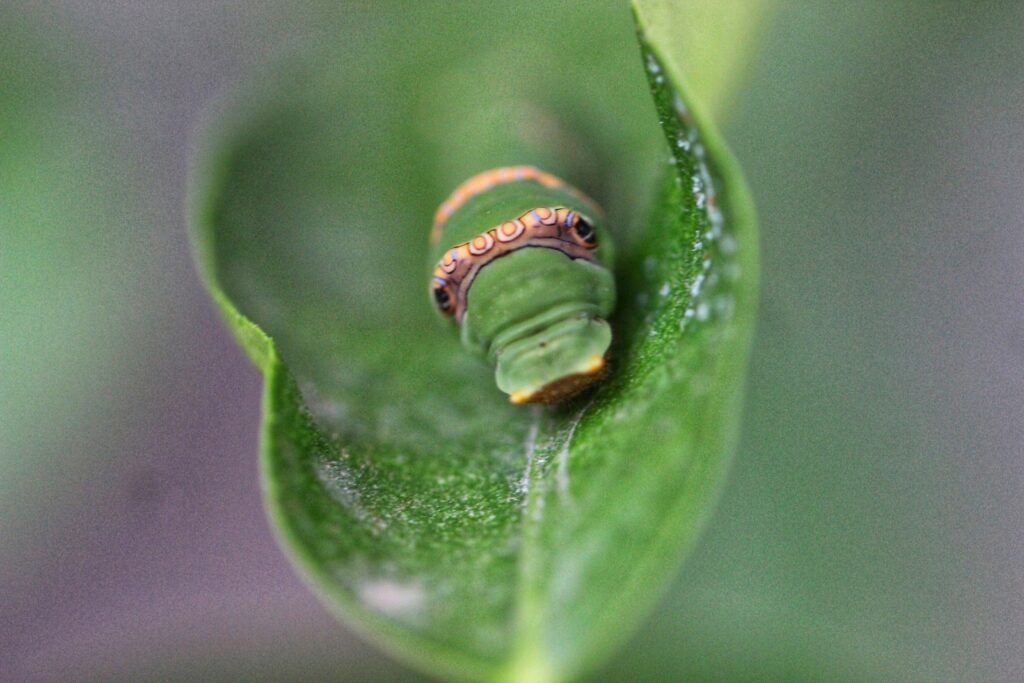
The snake mimicry of Hemeroplanes caterpillars involves complex anatomical features that work together to create a convincing illusion. When threatened, the caterpillar inflates its thoracic segments, which dramatically alters its body shape to resemble a snake’s triangular head. The underside of these segments displays patterns that mimic snake scales, complete with remarkably realistic eye spots that give the appearance of a reptilian gaze. Adding to the illusion are markings that resemble nostrils and mouth lines, creating a three-dimensional snake face. Perhaps most impressive is the caterpillar’s ability to manipulate its body coloration, intensifying certain pigments during the display to enhance the snake-like appearance and make the mimicry even more convincing to potential predators.
The Trigger: When and Why the Mimicry Occurs
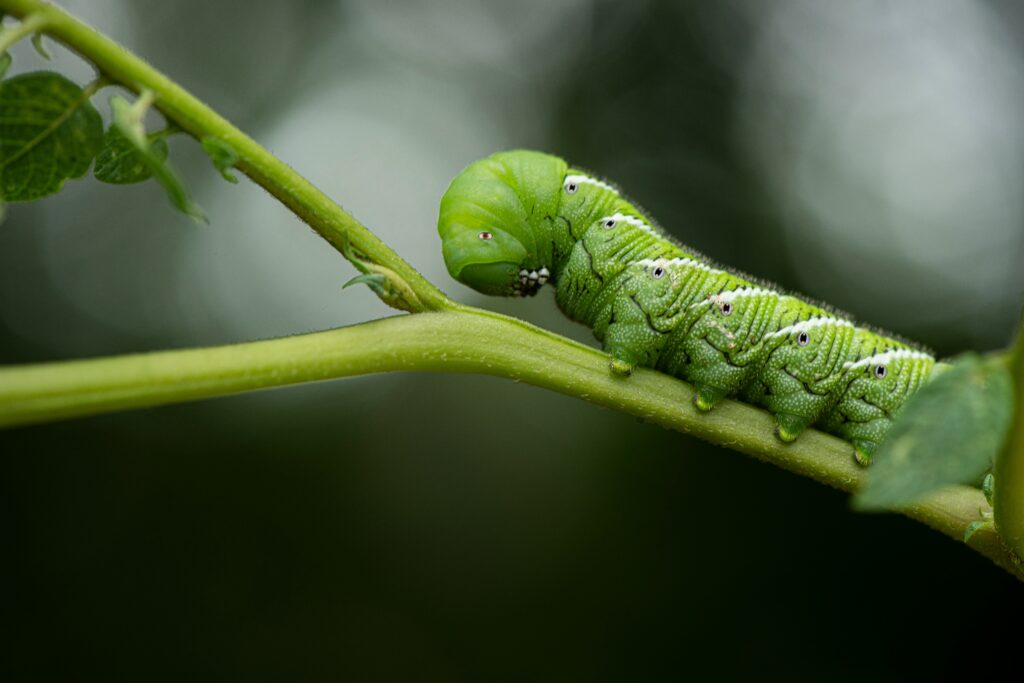
The snake-mimicking display isn’t a constant state but rather a triggered response to perceived threats in the caterpillar’s environment. When the caterpillar detects vibrations, sudden movements, or direct contact that suggests the presence of a predator, it initiates its remarkable transformation. The response happens with impressive speed, often taking less than a second to fully inflate its thoracic segments and assume the snake-like posture. This behavioral response is entirely defensive, activated only in situations where the caterpillar perceives imminent danger. Researchers have observed that the intensity of the display often correlates with the perceived level of threat, with more aggressive stimuli triggering more dramatic and sustained mimicry responses.
Beyond Visual Mimicry: Behavioral Components

The Hemeroplanes caterpillar’s mimicry extends beyond mere visual resemblance to include sophisticated behavioral elements that enhance the deception. When in its snake-mimicking state, the caterpillar moves in distinctly snake-like ways, swaying from side to side and lunging forward in mock strikes that convincingly replicate the movements of an agitated serpent. These movements are particularly remarkable considering the fundamentally different muscle structures and locomotion systems of caterpillars compared to snakes. The caterpillar may also produce subtle hissing sounds by forcing air through specialized structures, further adding to the illusion of being a threatening snake. These combined behavioral adaptations demonstrate that effective mimicry involves not just looking like the model species but acting like it as well.
Evolutionary Development: How Did This Adaptation Arise?
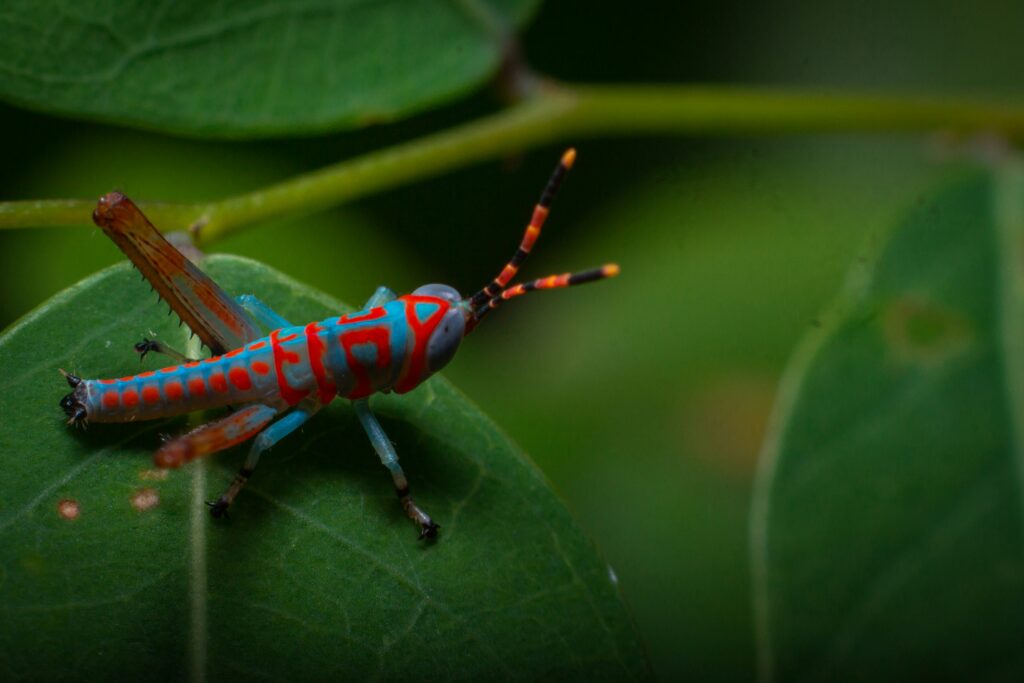
The evolutionary pathway that led to such precise snake mimicry represents one of nature’s most fascinating examples of natural selection at work. Scientists believe this adaptation developed gradually over millions of years through a process of selective pressure from bird and mammal predators. Early versions of the mimicry were likely much less sophisticated, with caterpillars that happened to have slight snake-like features enjoying marginally better survival rates. Over countless generations, these features became more refined and elaborate as individuals with more convincing disguises survived to reproduce. What makes this evolutionary development particularly interesting is that the caterpillars evolved to mimic a predator they themselves would rarely encounter, specifically to fool their own predators who fear snakes. This form of mimicry, known as Batesian mimicry, demonstrates the complex ecological relationships that drive evolutionary adaptations.
The Scientific Discovery: When Researchers First Documented This Phenomenon
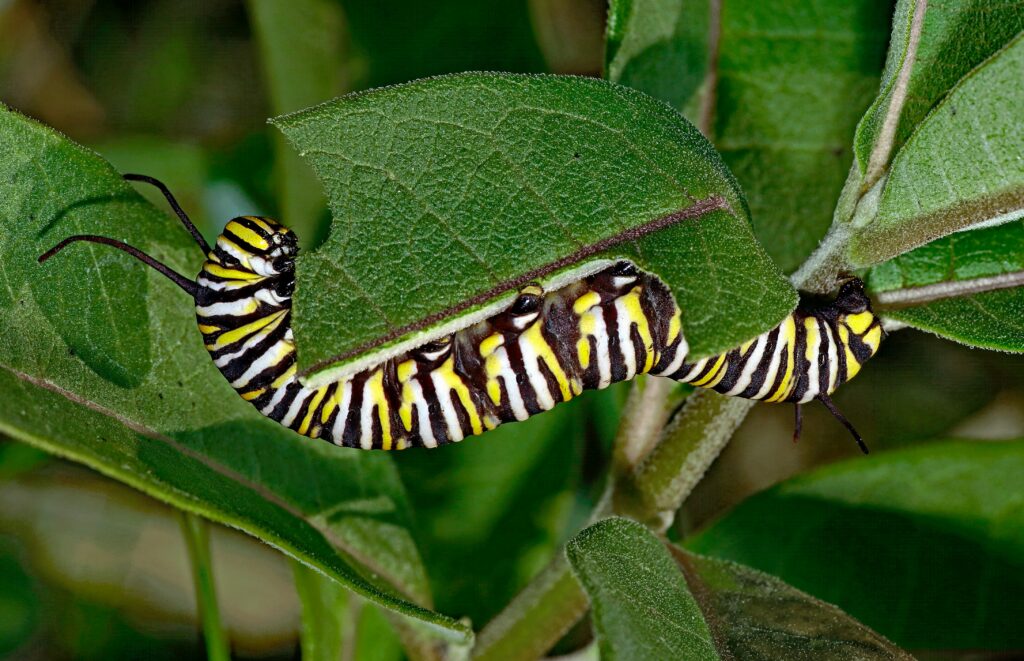
The snake-mimicking abilities of Hemeroplanes caterpillars first gained scientific attention in the late 19th century, but detailed studies didn’t begin until the 1980s when field researchers in Central American rainforests documented the behavior more thoroughly. Early naturalists initially mistook the defensive display as a form of camouflage rather than mimicry, failing to recognize the sophisticated nature of the adaptation. It wasn’t until video recording technology became more portable and accessible that scientists could capture and analyze the full transformation sequence in detail. The groundbreaking work of entomologist Daniel Janzen in Costa Rica was particularly important in bringing this phenomenon to wider scientific attention, as his photographic documentation provided the first comprehensive visual record of the mimicry in action. Modern research techniques, including high-speed photography and behavioral analysis, have since revealed the intricate details of this remarkable adaptation.
Effective Against Whom? The Target Predators
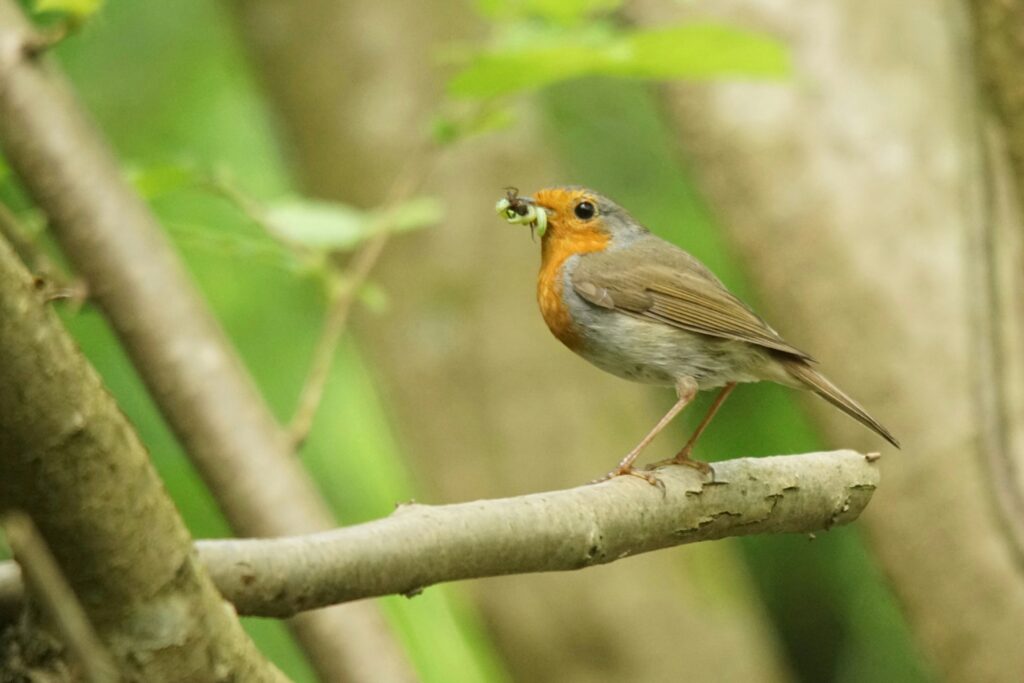
The snake mimicry of Hemeroplanes caterpillars appears specifically evolved to deter birds, which represent their primary predators in the neotropical forest ecosystems. Birds have excellent color vision and are naturally wary of snakes, making them particularly susceptible to this form of deception. Research has demonstrated that even experienced predatory birds hesitate or abandon attacks when confronted with the caterpillar’s snake display. Small mammals such as mice and shrews, which might otherwise feed on caterpillars, also typically retreat when faced with the snake mimicry. Interestingly, the mimicry appears less effective against invertebrate predators such as wasps and ants, which likely lack the innate fear of snakes that vertebrate predators possess. This targeted effectiveness demonstrates how the adaptation has been shaped by specific predator-prey relationships rather than as a general defense strategy.
Similar Examples in Nature: Other Remarkable Mimics

While the Hemeroplanes caterpillar’s snake mimicry is particularly impressive, it isn’t the only example of such sophisticated deception in the natural world. The larvae of certain swallowtail butterflies, particularly those in the genus Papilio, can inflate their thoracic segments to reveal eyespots that resemble snake eyes. In Southeast Asia, the Lantern Bug (Fulgora laternaria) has evolved a head that strikingly resembles a small caiman or alligator head when viewed from the side. The Malaysian orchid mantis (Hymenopus coronatus) has evolved to look not like a predator but like a flower, attracting prey rather than deterring predators. These diverse examples of mimicry across different insect groups demonstrate how this evolutionary strategy has emerged independently multiple times, always shaped by the specific predatory pressures and environmental contexts of each species.
The Life Cycle: Beyond the Caterpillar Stage
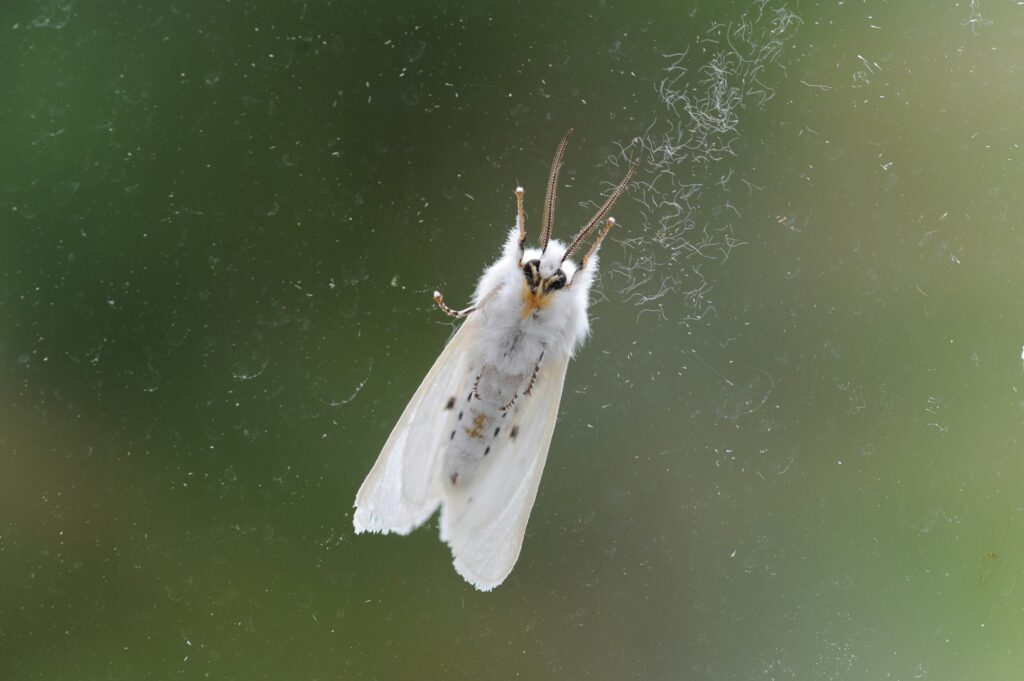
The snake-mimicking ability exists only during the larval (caterpillar) stage of the Hemeroplanes moth’s life cycle, which typically lasts about 3-4 weeks depending on environmental conditions. After this period, the caterpillar undergoes metamorphosis, forming a chrysalis from which it will emerge as an adult hawk moth. The adult Hemeroplanes moth bears no resemblance to a snake, instead displaying the typical sphinx moth appearance with streamlined wings that allow for rapid, hummingbird-like flight. Adult hawk moths feed on nectar using their exceptionally long proboscis, often hovering in front of flowers rather than landing on them. Interestingly, the adult moths face different predatory pressures than their larval forms and rely on different defensive strategies, including cryptic coloration and rapid flight, rather than mimicry.
Conservation Status and Human Impact
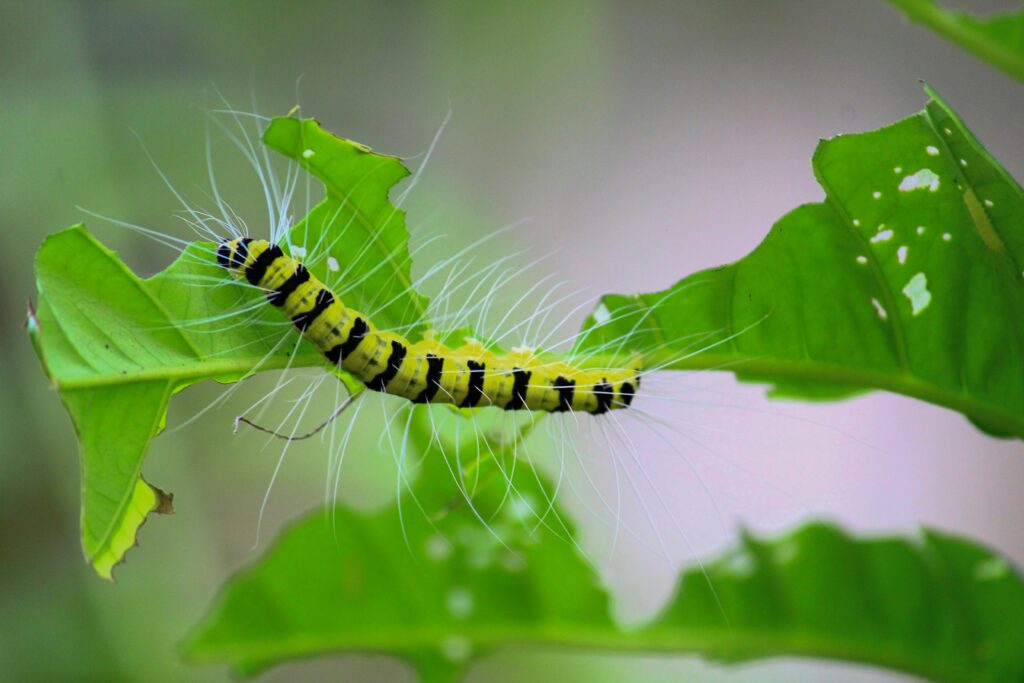
While Hemeroplanes caterpillars aren’t currently listed as endangered, they face the same threats as many neotropical forest species due to habitat loss and fragmentation. The ongoing deforestation in Central and South America directly impacts these specialized insects by reducing available habitat and disrupting the ecosystems they depend on. Climate change poses additional challenges, potentially affecting the timing of life cycles and the availability of the specific host plants these caterpillars feed on. Agricultural expansion, particularly with the use of broad-spectrum pesticides, represents another significant threat to these remarkable creatures. Conservation efforts focused on preserving intact rainforest ecosystems indirectly benefit these caterpillars, though few conservation programs specifically target invertebrate species despite their ecological importance.
Scientific Significance and Ongoing Research
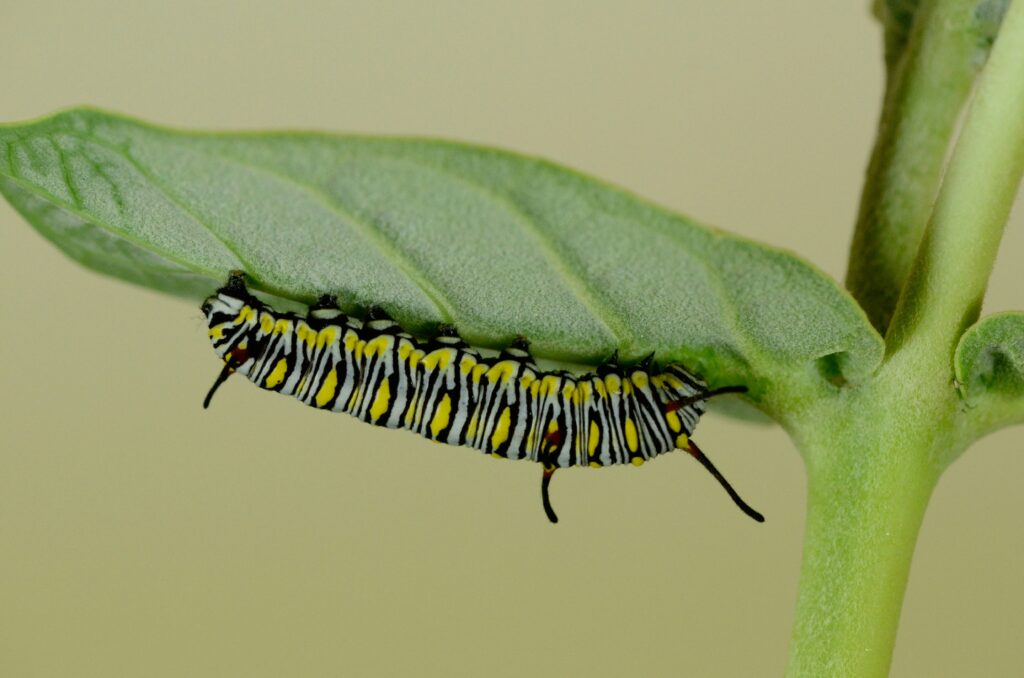
The snake-mimicking caterpillars continue to be important subjects of scientific research across multiple disciplines. Evolutionary biologists study them as prime examples of natural selection and adaptation, using genetic analysis to understand how such complex mimicry develops at the molecular level. Behavioral ecologists investigate the neurological mechanisms that allow the caterpillars to coordinate their sophisticated defensive displays. Biomimicry researchers examine the caterpillars’ transformation abilities for potential applications in materials science and robotics, particularly focusing on how they achieve rapid shape changes without rigid skeletal structures. Recent research has also begun exploring potential connections between climate change and the effectiveness of the caterpillars’ mimicry, investigating whether changing environmental conditions might disrupt the visual or behavioral aspects of their defensive strategy.
Fascinating Facts and Common Misconceptions
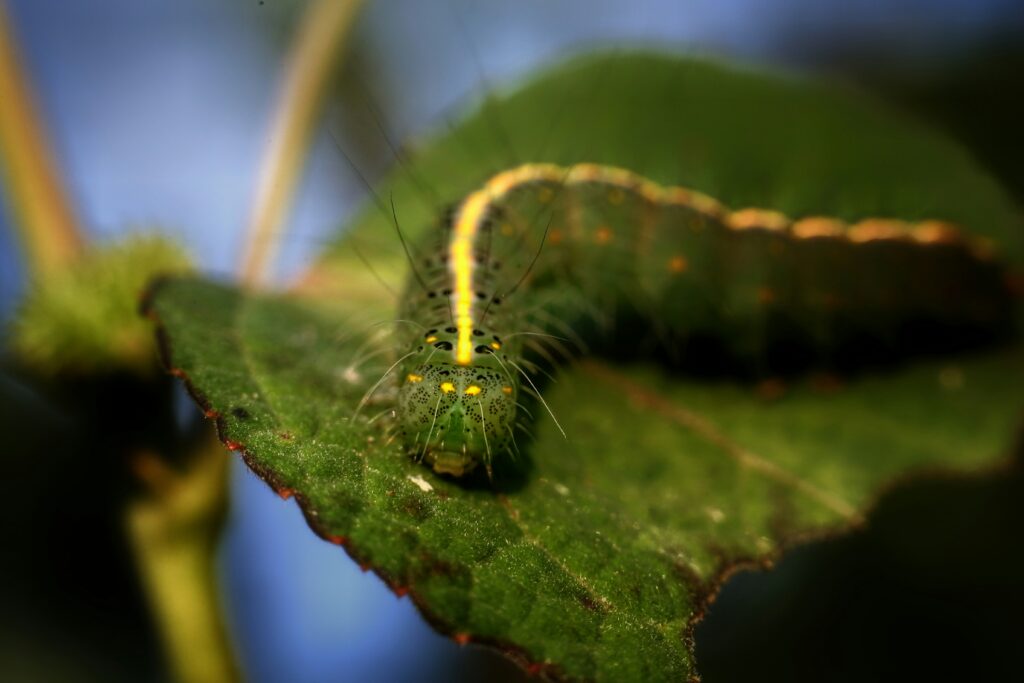
Despite their fearsome appearance when mimicking snakes, Hemeroplanes caterpillars are completely harmless to humans and possess no venom or toxins. A common misconception is that the caterpillars are aware they’re mimicking snakes, when in reality the behavior is entirely instinctual and not based on any conscious imitation. Interestingly, the caterpillars can maintain their snake-like pose for surprisingly long periods—sometimes up to 45 minutes—if they continue to perceive a threat in their environment. Another fascinating aspect is that different Hemeroplanes species appear to mimic different snake species native to their specific habitats, suggesting highly localized evolutionary adaptations. Perhaps most remarkably, the caterpillars still perform this mimicry even when raised in laboratory conditions without ever having seen a snake, confirming that the behavior is genetically programmed rather than learned through observation.
Conclusion
The snake-mimicking caterpillars of the Hemeroplanes genus represent one of nature’s most astonishing evolutionary achievements. Through millions of years of natural selection, these seemingly vulnerable insects have developed an elaborate deception that transforms them from prey to feared predator in the eyes of their enemies. Their remarkable adaptation illustrates the incredible complexity that can emerge from evolutionary processes and the intricate ecological relationships that shape life on our planet. As we continue to study these fascinating creatures, they remind us that nature’s ingenuity often exceeds our imagination, with solutions to survival challenges that combine visual artistry, behavioral sophistication, and evolutionary precision. In the ongoing battle between predator and prey, the humble caterpillar that can transform itself into a fearsome snake stands as a testament to life’s extraordinary adaptability.

